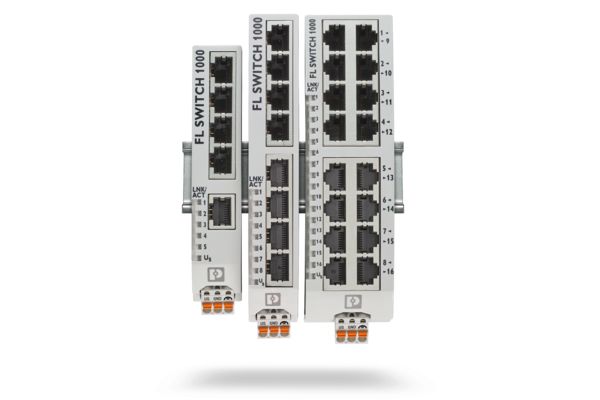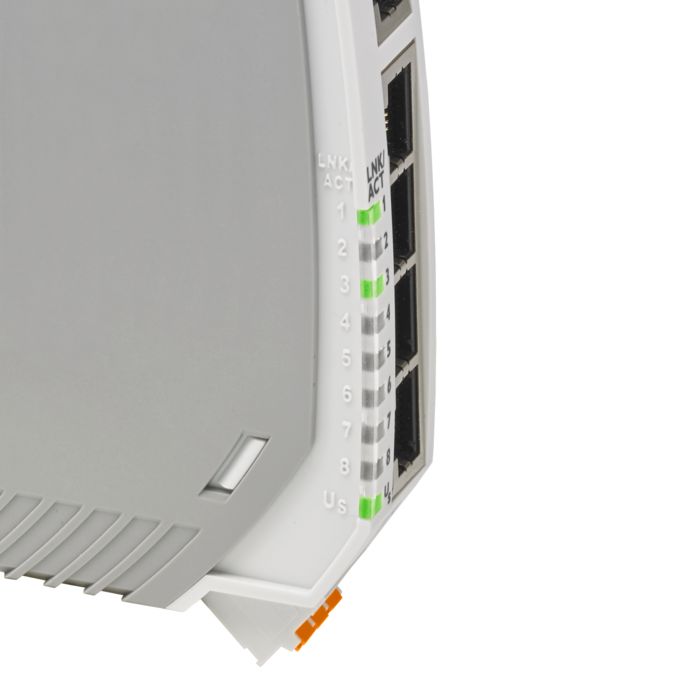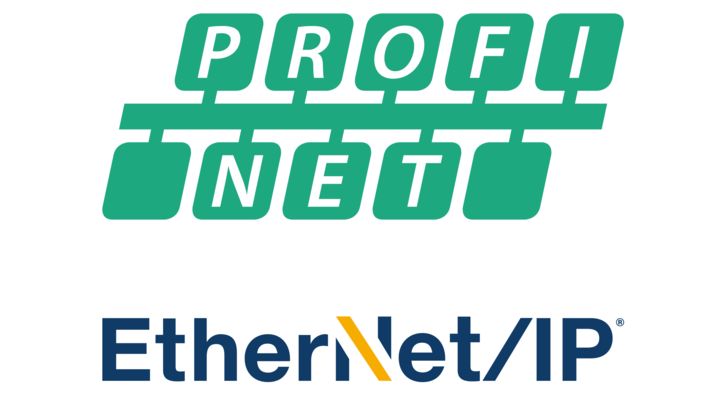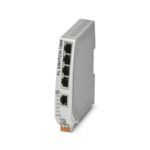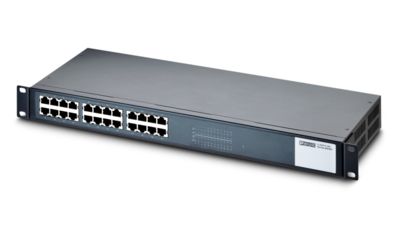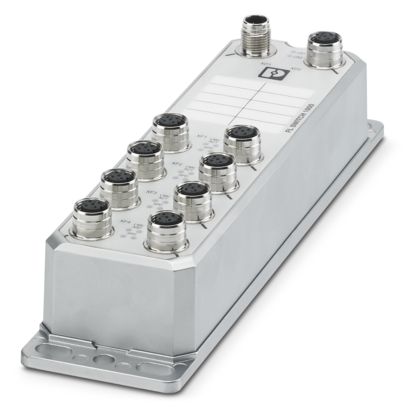
The FL SWITCH 1000 and 1100 series unmanaged switches enable classic Ethernet communication via copper cables and fiberglass connections. Choose the ideal solution for your application from a wide range of versions. There are options with up to 16 RJ45 ports and various fiberglass interfaces (SC, ST/BFOC, SFP). Furthermore, the devices with SFP ports feature a particularly high level of flexibility, with a broad portfolio of SFP modules available. This enables you to realize multimode and singlemode connections with cable lengths of up to 80 km.

